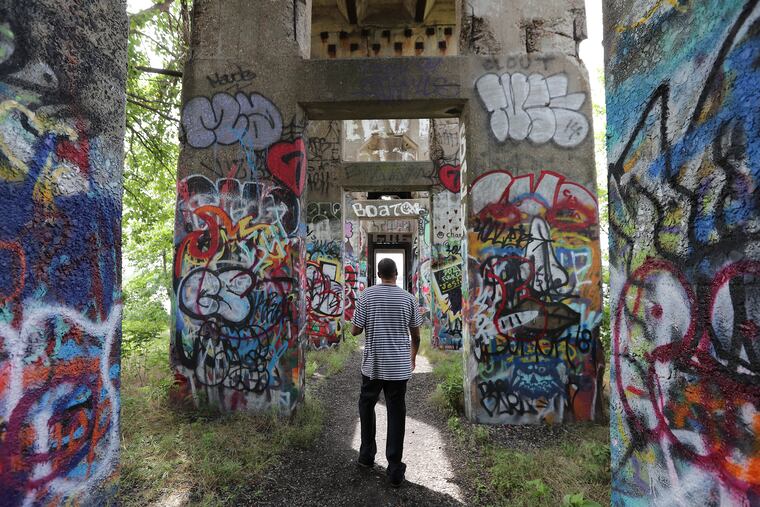Graffiti Pier one step closer to becoming public park after state kicks in $1 million
Police shut down the popular pier in spring 2018, citing a rise in illegal activity.

Police shut down the popular pier in spring 2018, citing a rise in illegal activity.
